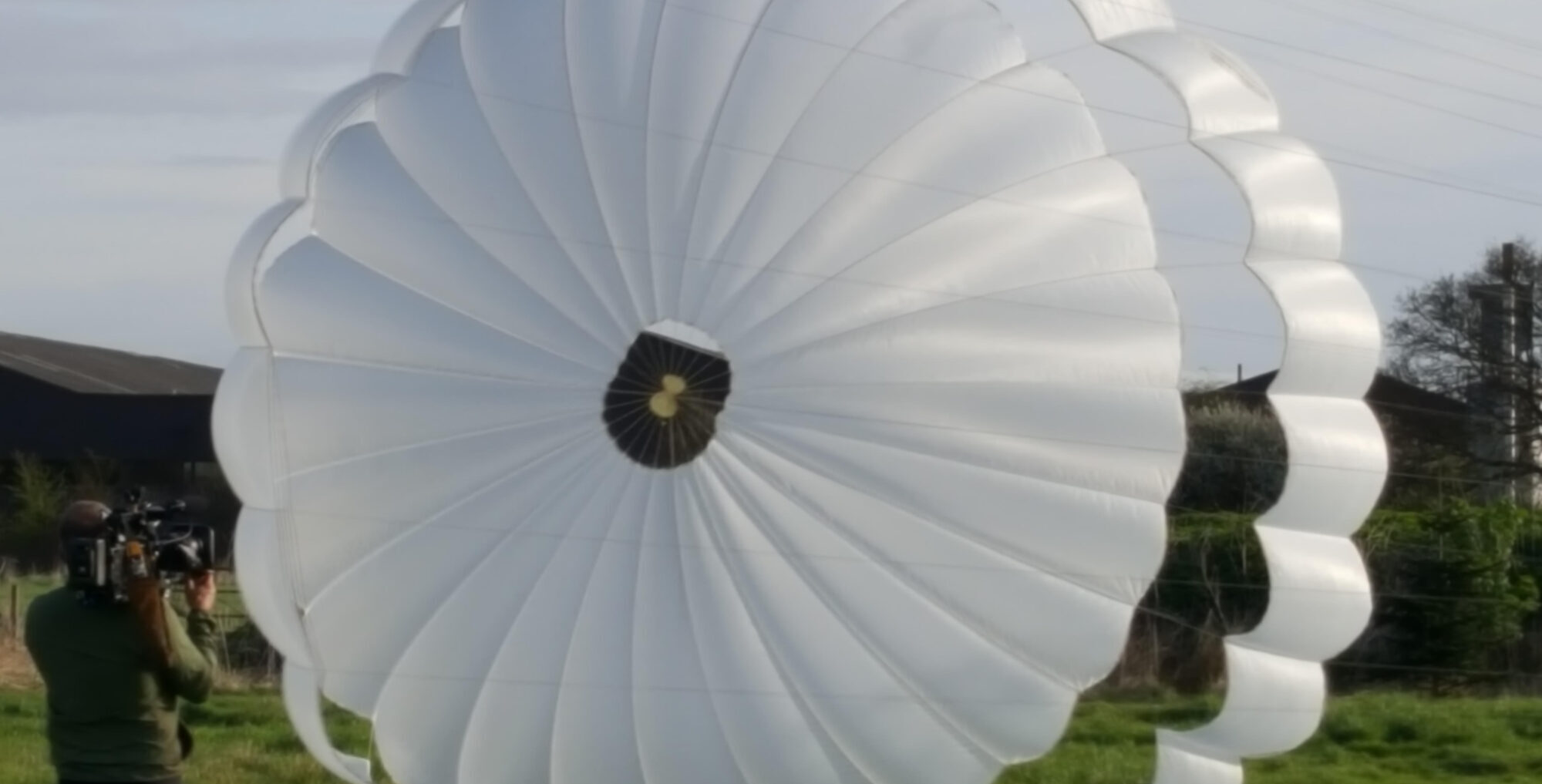BepiColombo is Europe’s first mission to Mercury. It set off in mid-October 2018 on a journey to the smallest and least explored terrestrial planet in our Solar System. When it arrives at Mercury in November 2025, it will endure temperatures in excess of 350 °C and gather data during its one-year nominal mission, with a possible extension of a further year.
Vorticity’s study was focused on providing technologies to support a probe landing on Mercury’s surface. The original intent of the BepiColombo mission had been to land on the planet’s surface, however the project was re-scoped to remove this requirement, shifting the focus of the mission to the launching of two orbiters into Mercury’s atmosphere.
Working in collaboration with the ESA’s BepiColombo team, Vorticity designed the airbag system for the BepiColombo proposed surface lander element.
This task included trading airbag concepts, analysing Mercury impacts and the probability of success for the airbag system, thermal and leakage analysis, detailed design of the preferred airbag concept, detailed design of the inflation system, risk reduction testing on critical components and drop testing of the final airbag design.
The Vorticity team generated a detailed Mercury terrain model fully coupled with impact analysis. This simulation provided the team with an excellent perspective on the capability of unvented airbag systems and the required descent and landing system.

